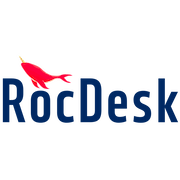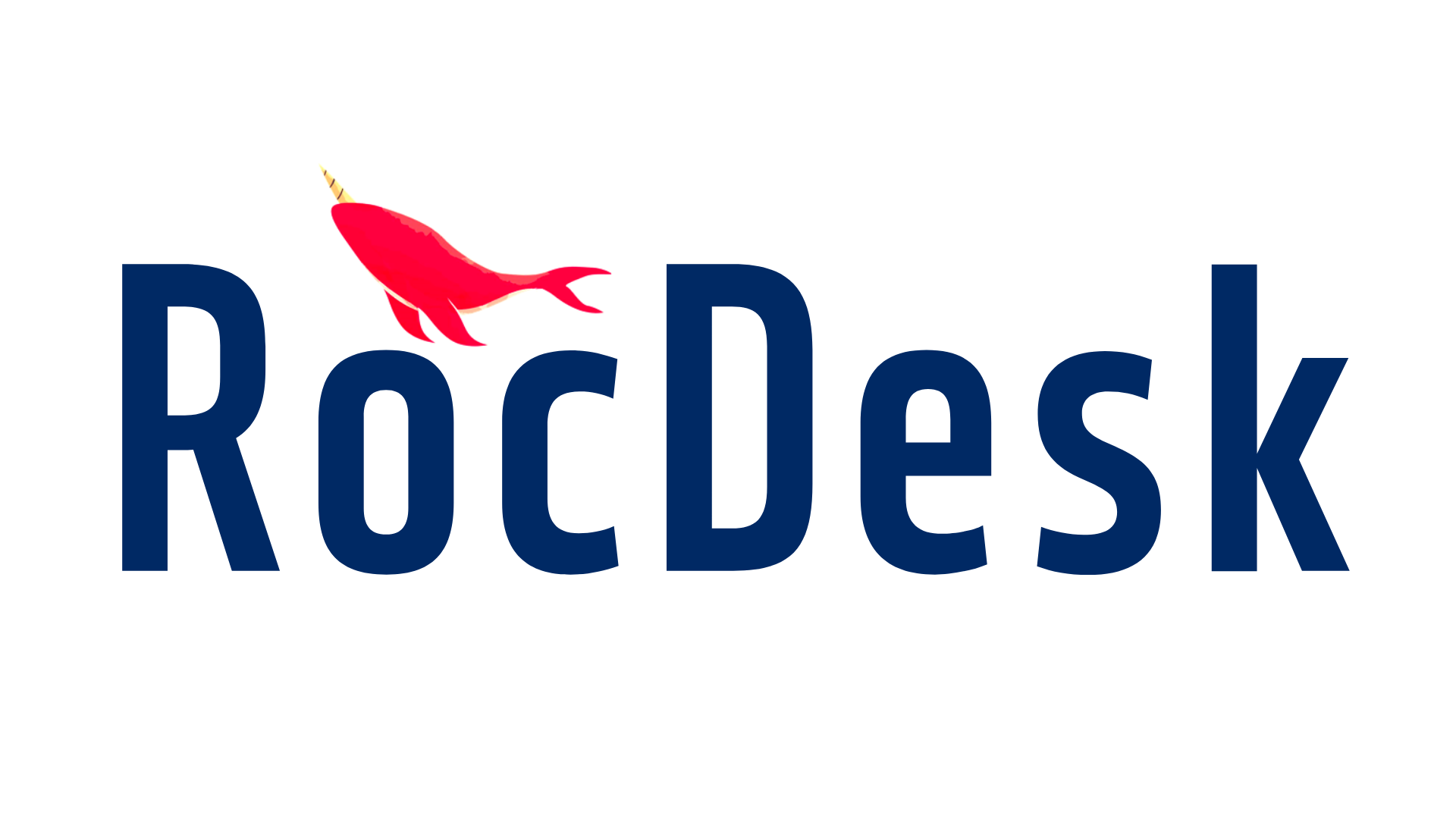Key performance indicators, or KPIs, help managers and executives measure progress and ensure their team is on track to meet their goals. For different categories — such as customer satisfaction or retention rates — companies may opt for different KPIs and metrics to determine their success.

Product management KPIs help product managers attach numbers to their work. KPIs center the many moving parts of product management on measurable goals — ensuring everyone involved knows what they’re aiming for and where they are in the journey.
Table of contents:
What Is a KPI?
A key performance indicator (KPI) is a metric used to measure progress toward business objectives and goals. Product managers use KPIs as quantitative indicators to help them make better decisions, improve performance, and optimize products.
Consider a product manager who wants to improve the user experience of their product. To measure this, they might look at the results of customer satisfaction surveys — their KPI.
Best KPIs for Product Management
Customer Success KPIs
Customer Lifetime Value
You can measure the worth of each customer throughout their time with your company — whether they’re repeat buyers or subscribers — by using customer lifetime value (CLTV).
Optimizing your CLTV allows you to get more revenue from existing customers. You can increase CLTV by incorporating customer feedback, or by improving your client onboarding process.
The following formula measures CLTV:
CLTV = Average dollar amount of a purchase x Number of customer purchases per year x Average length of the customer relationship in years
You want all three variables (i.e., dollar amount, number of customers, length of customer relationship) as high as possible. So the higher your CLTV, the better.
CLTV can help product managers prioritize the development of certain features. If a large number of customers ask for a specific improvement, you can work to push out that update first.
This can increase your number of repeat purchases, or make the customer stay with your service longer, thereby improving your CLTV.
Customer Acquisition Cost
The cost to acquire a new customer varies across industries, depending on your products and audience. Customer acquisition costs (CAC) measure the total marketing and sales cost of acquiring a new customer over a time period.
CAC includes anything required to acquire customers, primarily within marketing, including ad expenses, sales salaries, overhead costs for the marketing program, and more. You can calculate CAC using the following formula:
CAC = (Cost of sales + Cost of marketing) / New customers acquired
CAC goes hand in hand with CLTV. You want to decrease the former while increasing the latter. For example, if you always update your website with the latest product information, more customers could make a purchase without needing salespeople.
Retention Rate
Data shows that it costs less to retain customers than to acquire new ones, which requires increasing spending on advertising and onboarding.
Your company’s retention rate is the percentage of customers who continue to use your product over a time period.
You can calculate customer retention rate by using the following formula:
Retention rate = [(Number of customers at the end of time period - Number of customers acquired during time period) / Number of customers at the start of time period] x 100
A high retention rate — typically above 60%, although this varies by industry — means customers find your product valuable enough to keep using it. A low one, on the other hand, indicates room for improvement — which you can do by incorporating customer feedback, building strong relationships with clients, and offering incentives for staying.
Net Promoter Score
You can measure the likelihood of customers promoting your product through their Net Promoter Score (NPS).
To gather data to calculate your NPS, send surveys to customers asking them how likely they are to recommend your business to a friend on a scale from 1 to 10. Using their responses, you then divide customers into three groups:
0-6: Detractors
7-8: Passives
9-10: Promoters
Your NPS then follows this formula:
NPS = % of promoters - % of detractors
As an example, if 70% of respondents fall into the promoters category, 10% fall into passives, and 20% fall into detractors, then your NPS equals 50%. The originators of NPS, Bain & Company, consider a score above zero good, 20 favorable, 50 excellent, and 80 world-class.
Product managers can use NPS to measure customer satisfaction and loyalty to the brand.
Financial KPIs
Monthly Recurring Revenue
Monthly recurring revenue (MRR) measures the amount of revenue a company can expect to generate every month. MRR can help companies track their performance and forecast sales.
You can calculate MRR for each month through the following formula:
MRR = (Average revenue of each customer / Total customers in that month) x Total number of customers
Depending on what you want to know, you can calculate four different types of MRR. Each one has the same formula — you would only substitute the type of customer depending on your MRR:
New MRR: generated by new customers
Expansion MRR: generated by existing customers
Churn MRR: generated by customers canceling or downgrading purchases, always negative
Net new MRR: generated by adding new MRR to expansion MRR and subtracting churn MRR
Although MRR measures a company’s overall financial performance, product managers can use it to measure the revenue of specific products. A low MRR, for example, implies the product adds little value to the company. As a product manager, you might have to increase the dollar value of the product by finding ways to upsell or create add-ons.
Average Revenue per User
Average revenue per user (ARPU) is the average amount of revenue each customer generates — a helpful measure for tracking growth.
You can calculate it by dividing total revenue by total number of users. Alternatively, since not every user pays for a product or service, you can opt to include only paying users (i.e., average revenue per paying user).
Product managers should aim to keep ARPU high and trending upward. This could involve adding features that differentiate your product from competitors, or adding features you could upsell.
Churn Rate
Many subscription-based companies use churn rate, or the rate at which customers stop conducting business with a company, to measure losses in a given time period. You can calculate your company’s churn rate through the following formula:
Churn rate = (Lost customers in time period / Total number of customers at the start of time period) x 100
A high churn rate indicates a company loses customers faster than they acquire them — which spells bad news. Product managers must then look to improve either their product, pricing strategy, or both.
User Experience KPIs
Session Duration
How long a user stays on your website — their session duration — shows whether users enjoy the website experience. Session duration can help you evaluate the steps it takes a buyer to convert.
Most online tools, such as Google Analytics, will automatically calculate your average session duration. To find it manually, add up the time spent by all users on your website (e.g., 15 seconds + 20 seconds + 70 seconds = 105). Then, divide that by the total number of sessions (e.g., three users visited the site).
Product managers want customers to seamlessly find, purchase, and start using their products. If the session duration is low, the company may need to improve its website design to increase their conversion rate.
For example, you might try brighter color schemes, reorganizing the website, or placing more prominent promos or testimonials to get users to stick around.
Sessions per User
Sessions per user measure the frequency at which users return to your site.
To calculate, divide the number of times users visit a site (i.e., sessions) over total users. This metric can help determine whether your website is enticing. You can also track how many users are returning users, who have a greater chance of converting into customers.
Product managers can look at sessions per user to determine how long it takes for users to turn into customers. For example, you might notice visitors tend to convert on their fourth or fifth visit — indicating the amount of time it will likely take for other visitors to convert.
Customer Satisfaction
You want customers to feel content and fulfilled with your product and website — often measured through a customer satisfaction score (CSAT). Accompanied with a series of emotions on a scale, companies often measure their CSAT score using surveys, usually on the following scale:
Very satisfied
Satisfied
Neutral
Unsatisfied
Very unsatisfied
You can then measure the percentage of respondents who selected “satisfied” and “very satisfied” compared to other responses.
If a large percentage feel unsatisfied with a part of your business (e.g., the product, the buying process, etc.), you should then go through that element and identify gaps.
Bounce Rate
Bounce rates measure how often your websites attract users who leave without interacting with anything else besides the page they landed on.
To calculate it, divide the number of single-page visits (i.e., the users who left almost immediately) by the total number of visitors.
A high bounce rate means your website disengages or confuses users. Product managers will want to identify webpages with high bounce rates and determine what went wrong.
To do so, ask yourself if any CTAs feel out of place or off-center. Ask friends to navigate your website. Did they run into any problems along the way? Identify common hurdles and resolve them to reduce your bounce rate.
Traffic
Traffic lets you know how many users go to your website and from where. It can help you determine the breakdown of your sources — including paid and organic traffic.
For example, a high percentage of traffic coming from social media indicates campaigns on those platforms are connecting with your audience.
Product managers can look at traffic sources to prioritize different types of promotion. You want to prioritize sources of traffic that generate high-quality users, such as those that engage with your webpages and make purchases. If you find one generating little traffic or low-quality users, then invest in other opportunities.











